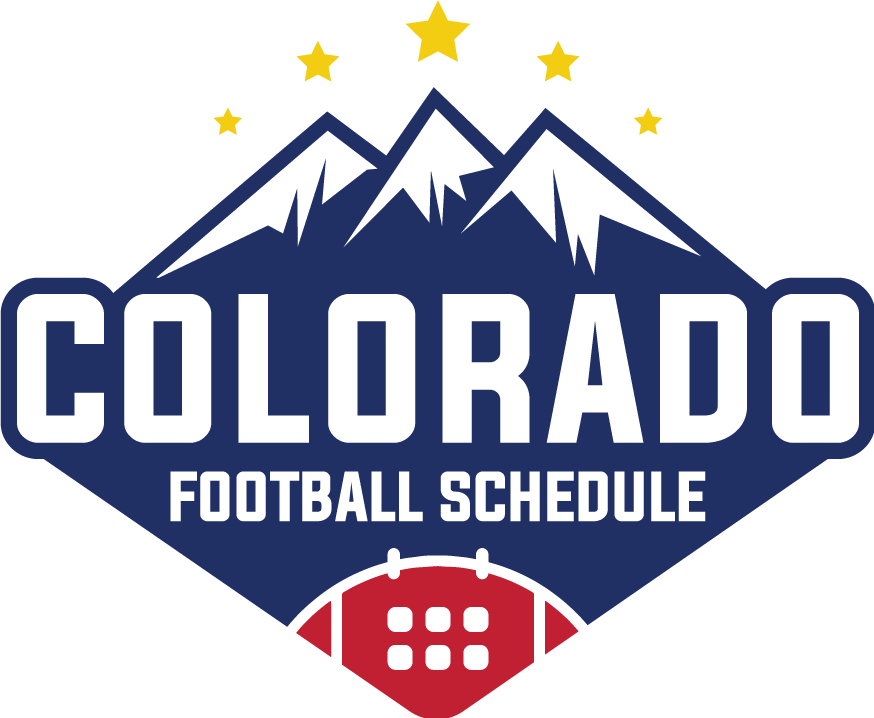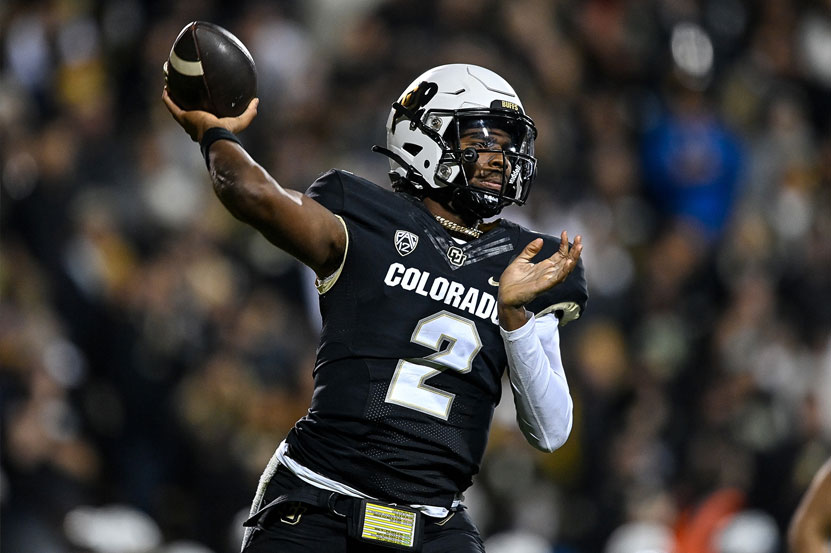Receptions in football often look magical—one athlete tracks a flying ball, stretches out a pair of hands, and secures the prize while the crowd holds its breath. Yet behind that exciting snapshot is a simple idea: a reception is a successful pass catch that keeps the play alive and pushes the offense forward. In this article we walk through the concept from every angle, using everyday language and plenty of examples so that even a brand-new viewer can follow along.
The Basic Definition
In American football the offense has four chances, called downs, to move the ball ten yards. One way to gain those yards is by throwing the ball through the air. When the ball travels forward from the thrower—a position known as the quarterback—to any eligible teammate and that teammate grabs it before it touches the ground, the play records a reception. Plainly stated, a reception equals pass completed plus ball caught in bounds.
If the ball sails past the catcher, falls to the turf, or is grabbed by a defender instead, the pass is incomplete or intercepted, not a reception. So a reception is the offensive side of the passing story.
Why Receptions Matter
Each completed catch does at least three important things:
- Adds yards. The offense only needs ten yards to reset its downs, and receptions often gain those yards quickly.
- Keeps the clock in check. A completed pass can stop the game clock when the catcher goes out of bounds or crosses the line for a score.
- Opens the run game. Successful passing makes defenders back away from the line, freeing space for running plays.
Because of those benefits, coaches design dozens of patterns—routes—for their pass catchers, hoping to carve up the defense with a steady flow of receptions.
Who Can Record a Reception?
While any eligible player may catch a legal forward pass, certain positions specialize in it:
- Wide receivers begin near the sidelines and sprint into open space.
- Slot receivers start closer to the middle of the line and use quick cuts to find gaps.
- Tight ends line up beside offensive linemen, blocking first but also stepping into passing lanes.
- Running backs usually carry handoffs but can swing out of the backfield for short throws.
Quarterbacks seldom register receptions, yet the rules allow it as long as another teammate touches the ball first or the quarterback steps back behind the line after tossing a lateral.
Rules in Plain Language
- Ball must travel forward. A backward toss counts as a run, not a pass.
- Feet in bounds. The catcher needs two feet (or another body part) inside the sideline in the pros; college and high school accept one foot.
- Control before ground contact. The catcher must show clear grip before hitting the turf.
- No offensive push-off. Shoving a defender brings a penalty and erases the play.
- Eligible number or position. Only players wearing certain jersey numbers—or who declare eligibility—may receive the pass.
Keep these five points handy and most receptions will make sense.
The Life of a Reception: From Play Call to Whistle
- The huddle. Offense huddles and hears a play code such as “Trips Right 42 Curl.”
- Pre-snap motion. A receiver shifts across the formation, revealing coverage hints.
- The snap. The ball moves to the quarterback. Receivers burst from the line on prescribed angles.
- The read. The quarterback reads defenders, then throws to a chosen target.
- The catch. The receiver tracks the ball, forms a triangle with thumbs and index fingers (for chest-high throws) or turns palms out (for low throws), and clamps down.
- After the catch. Known as yards after catch or YAC, the runner fights for extra distance until tackled or stepping out of bounds.
- Whistle blows. Officials mark the spot, signal a completed pass, and reset the chains if a first down is earned.
Techniques That Improve Catching
- Hand placement – thumbs together for high throws, pinkies together for low throws.
- Eye discipline – “look it in” before thinking about running.
- Body position – arms extended give a cushion; letting the ball strike the chest risks ricochets.
- Route precision – correct depth keeps timing with the quarterback.
- Strength and balance – grip trainers and core drills keep hands strong and feet steady.
Measuring Receptions
| Stat | What It Shows |
|---|---|
| Receptions | Pure count of successful catches |
| Receiving yards | Distance gained from catches |
| Yards per catch | Efficiency—higher number suggests deeper throws |
| YAC | Elusiveness after securing the ball |
| Touchdowns | Scoring impact |
| Catch percentage | Catches divided by total targets |
Famous Catches That Live in Memory
- “The Immaculate Reception” (1972) – Pittsburgh’s Franco Harris nabbed a deflected throw inches from the turf and dashed for a playoff-saving score.
- David Tyree’s helmet grab (2008) – In Super Bowl XLII, Tyree pinned the ball to his helmet while falling, extending the drive that upset the previously unbeaten Patriots.
- DeAndre Hopkins’ “Hail Murray” (2020) – Surrounded by three defenders, Hopkins rose and plucked a last-second heave to stun Buffalo.
These moments show how one reception can flip football history.
Receptions Across Levels and Styles
| Level | Notable Twist |
|---|---|
| Professional (NFL) | Two-foot boundary rule, elite defenders skilled at stripping the ball |
| College | Everyone is eligible, and creativity reigns |
| High school | Simpler playbooks but plenty of excitement; many receivers play defense too |
| Flag football | No tackling, so receptions dominate |
| Backyard games | Everyone is eligible and creativity reigns |
The Defensive View
- Press coverage – a defender crowds the line, bumping the receiver off rhythm.
- Zone coverage – defenders guard areas, forcing quarterbacks to throw into tight windows.
- Ball skills – defensive backs watch receivers’ eyes and hands, swatting or stealing passes at the last moment.
- Sound tackling – bringing the catcher down quickly limits extra yards.
Great defenses lower reception totals, disrupt timing, and create turnovers.
Strategy: When to Rely on Receptions
- Third-and-long – often the only practical way to continue the drive.
- Two-minute drill – clock is ticking; sideline receptions stop time.
- Against stacked run defenses – throwing over the top forces defenders to spread out.
- Breaking tendencies – mixing in a quick pass on first down keeps defenses guessing.
Windy or rainy days can flip the script, nudging coaches back toward running plays.
Training Tips for Aspiring Receivers
- Tennis-ball drills – smaller ball sharpens hand-eye coordination.
- Cone routes – place cones at exact depths (10, 12, 15 yards) to engrain habits.
- Resistance sprints – parachutes or sleds build burst speed off the line.
- Jugs machine – fires footballs repeatedly, allowing practice against varied spin and speed.
- Film study – watching your own routes reveals subtle mistakes like drifting or late hands.
Consistency turns practice gains into live-game receptions.
Common Misunderstandings
- “Any ball caught counts.” Not so; if thrown backward it is a run, not a reception.
- “Rules are the same everywhere.” Pro leagues demand two in-bounds feet; many amateur levels need just one.
- “Size rules all.” Tall receivers help, but quickness, body control, and reliable hands often outshine height.
From Rare Novelty to Center Stage: A Short History
Early twentieth-century football relied almost entirely on bruising runs. Forward passing was legalized in 1906 but remained a sideshow because the ball’s fat shape made spirals difficult. As equipment improved and coaches experimented, stars such as Don Hutson in the 1930s and 40s turned receptions into weekly highlights.
The real explosion arrived during the 1980s West Coast offense era. Bill Walsh’s 49ers built an entire system around quick, high-percentage throws that milked yards after catch. Since then, every level—youth leagues to the NFL—has adopted pass-heavy playbooks. Modern statistics show some teams throwing on more than 60 percent of plays, generating record reception totals season after season.
Records That Push the Limits
- Single-season receptions: Michael Thomas hauled in 149 catches in 2019.
- Career record: Jerry Rice retired with 1,549 receptions.
- Single game: Brandon Marshall reeled in 21 passes in 2009.
These marks may fall as rules favor offense, sports science advances, and longer seasons give players extra chances.
Analytics and Advanced Tracking
- Player-tracking chips in shoulder pads feed location, speed, and acceleration thirty times per second.
- Machine-learning models compare the live data to thousands of historical snaps.
- Catch probability appears on screen, so viewers grasp how extraordinary a diving one-hander really was.
Teams also study expected points added (EPA) per reception, revealing which routes bring the greatest payoff.
Technology That Helps Practice
Virtual-reality goggles place receivers inside simulated stadiums, letting them study coverage without wear and tear. High-speed cameras analyze hand angles down to milliseconds, suggesting tiny tweaks that raise catch rates. Gloves now use advanced polymers that grip even in sleet, though regulations keep materials within fairness guidelines.
Looking Ahead
Rule committees are testing refined pass-interference reviews and larger hash marks, both of which could expand the aerial game. Youth programs gravitate to flag football, creating a generation whose first instinct is to throw rather than plow through tacklers. Expect average receptions per game to rise, alongside route combinations that resemble basketball pick-and-roll plays on turf.
Bringing It All Together
A reception may seem like a single line on a stats sheet, yet it carries layers of skill, preparation, and drama. From the quiet focus in a huddle to the roar after a one-handed snag, each completed pass stitches together the narrative of a football game. Understanding receptions—what they are, how they happen, and why they matter—turns a casual viewer into an informed participant. The next time you watch a quarterback launch a spiral downfield, you will know exactly what unfolds when that ball finds safe hands, and you will enjoy the sport even more.


Leave a Reply